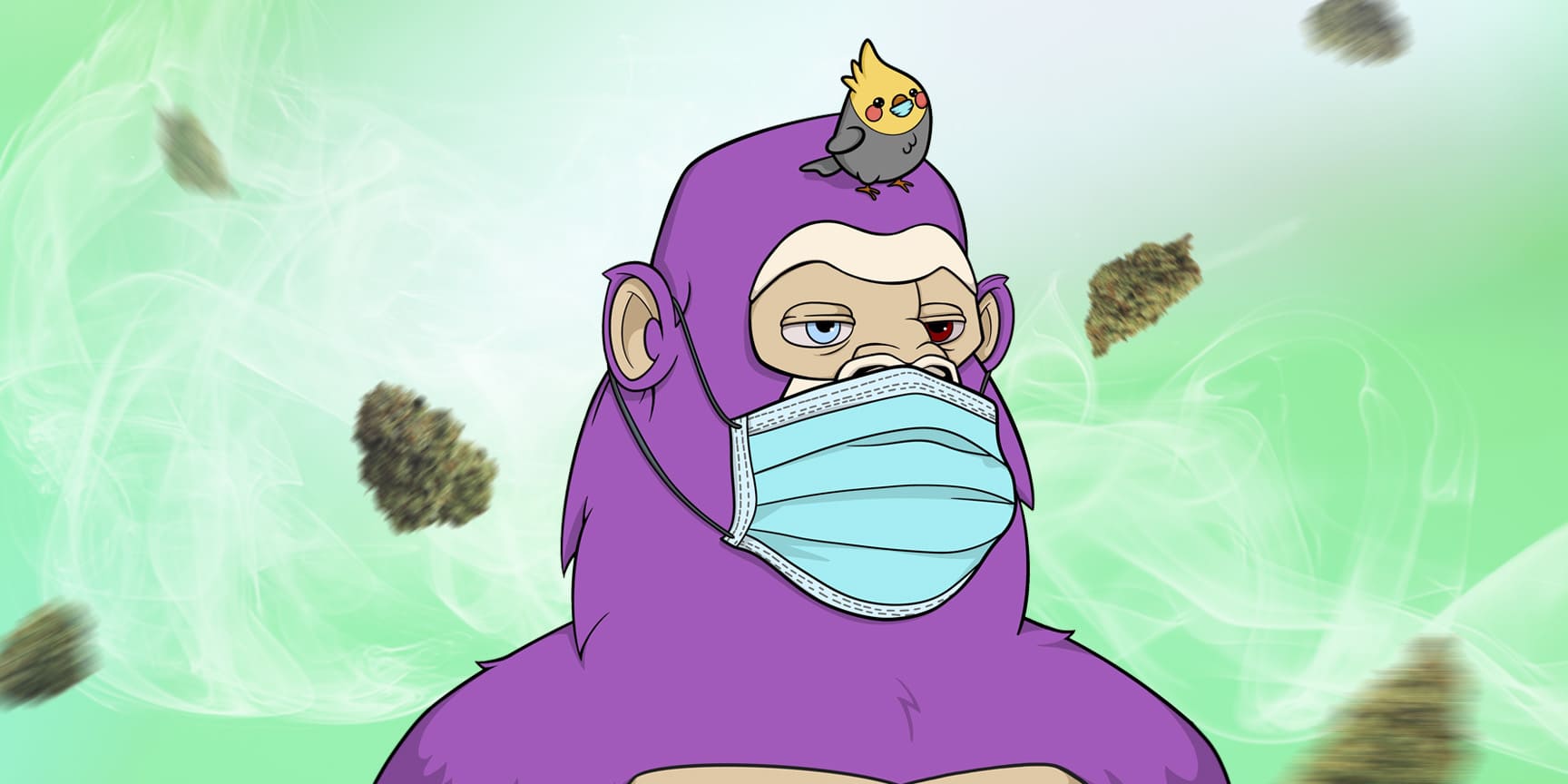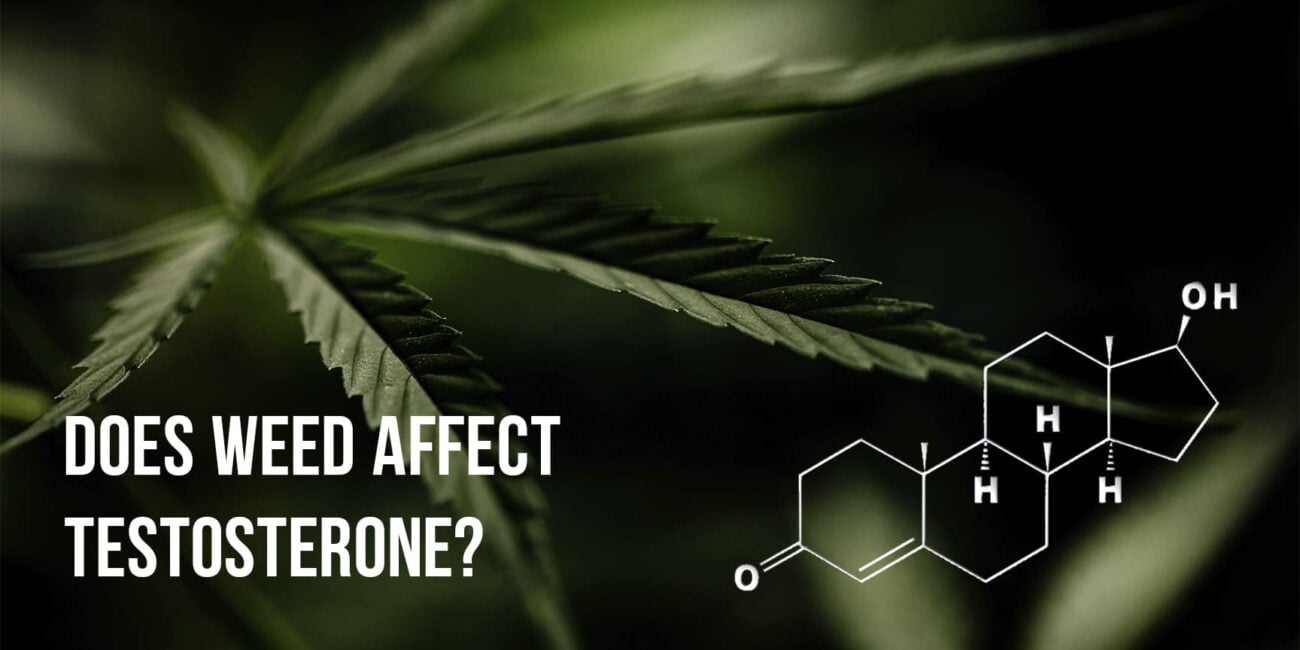Can you be sick from weed?

While it is generally considered safe, some individuals may experience adverse effects or become sick from using weed. Although uncommon, certain individuals may have negative reactions to cannabis, including nausea, dizziness, anxiety, or other discomforting symptoms.
Cannabis Hyperemesis Syndrome (CHS) combines all these symptoms into a single medical condition.
What is cannabis hyperemesis syndrome?

Cannabis Hyperemesis Syndrome (CHS) is a medical condition that arises from long-term cannabis use. Individuals affected by CHS experience recurring episodes of severe nausea, vomiting, dehydration, and abdominal pain, often necessitating frequent visits to the emergency department.
The term “hyperemesis” describes the excessive vomiting linked to this syndrome. And medical professionals also recognize it as Cannabinoid Hyperemesis Syndrome.
Cannabinoids, the chemical compounds found in the cannabis plant, actively bind to cannabinoid receptors located throughout our bodies, including the brain, gastrointestinal tract, and immune cells. It can make you feel sick from weed.
The most extensively studied cannabinoids are tetrahydrocannabinol (THC), cannabidiol (CBD), and cannabigerol (CBG).
It is crucial to understand that CHS is not merely a side effect of marijuana use but rather a distinct medical condition that can potentially lead to health complications if left untreated.
You can also read our articles “Does weed lower blood pressure?” or “Can you be allergic to weed?”
Who might get chs?

One of the key factors in the development of CHS is the frequency of cannabis use. Individuals who use cannabis at least once a week are more susceptible to be sick from weed. Furthermore, researchers have observed a higher prevalence of CHS in adults who initiated cannabis use during their adolescent years.
This suggests that the duration and intensity of cannabis use play a role in the onset of the syndrome.
Typically, there is a significant delay between the initiation of chronic cannabis use and the emergence of CHS symptoms. In most cases, this delay spans several years, during which individuals may engage in persistent marijuana misuse.
While researchers do not fully understand the exact reasons behind this delay, they believe that it relates to the cumulative effect of cannabinoids on the body’s endocannabinoid system.
If you are sure that you want to try weed, then we recommend you these medium potency strains:
What causes chs?

The effects of weed on the body are highly complex, and researchers are still working to fully understand the mechanisms behind its association with CHS. Interestingly, marijuana exhibits contrasting effects in different parts of the body.
While it is known to effectively alleviate nausea and vomiting, particularly in individuals undergoing chemotherapy, it seems to have the opposite effect in the digestive tract, potentially increasing the likelihood of experiencing these symptoms.
Initially, the anti-nausea effects of marijuana may be prominent, driven by the signals from the brain. However, with prolonged and repeated weed use, certain receptors in the brain may become less responsive to the drug. It’s leading to the recurring episodes of vomiting observed in individuals with CHS.
Despite ongoing research, the specific reasons why some heavy weed users develop the syndrome while others do not remain unclear.
You can find something for yourself in our catalog, for example
Sauce Carts
What are the symptoms of CHS?

CHS affects individuals with a distinct pattern of symptoms, which medical professionals categorize into three stages: the prodromal phase, the hyperemetic phase, and the recovery phase.
During the prodromal phase, individuals often encounter early morning nausea and abdominal pain. Some may also develop a fear of vomiting. Despite these symptoms, most people maintain normal eating patterns.
Interestingly, some individuals mistakenly increase their marijuana usage, believing it will alleviate the nausea. This phase can persist for months or even years.
The hyperemetic phase is characterized by ongoing nausea, recurrent episodes of vomiting, abdominal pain, decreased food intake leading to weight loss, and signs of dehydration.
Vomiting during this phase tends to be severe and overwhelming. It prompting many individuals to frequently take hot showers, which may temporarily alleviate their nausea.
The impact of hot temperatures on the hypothalamus, a brain region involved in both temperature regulation and vomiting, may be attributed to this response. It is during this phase that individuals often seek medical attention.
Read more about symptoms of CHS in that research.
The hyperemetic phase continues until the affected person completely ceases marijuana use, marking the initiation of the recovery phase.
During the recovery phase of CHS, individuals experience the alleviation of symptoms and a restoration of normal eating patterns. During this phase, individuals experience relief from the recurring episodes of nausea, vomiting, abdominal pain, and dehydration that are characteristic of CHS.
The duration of the recovery phase can vary from person to person, ranging from days to months. As individuals abstain from cannabis use, their symptoms gradually subside, allowing them to resume regular eating habits and regain their overall well-being.
It is a critical time for the body to heal and restore its natural balance.
In conclusion, it is important to note that while scientists consider weed is generally safe, some individuals may experience negative reactions and become sick from its use.
CHS is a distinct medical condition that arises from long-term cannabis use. It characterized by recurring episodes of severe nausea, vomiting, dehydration, and abdominal pain.
CHS is more likely to affect individuals who use cannabis frequently. Particularly those who have been using it since their adolescent years. The syndrome progresses through different phases, including the prodromal phase, hyperemetic phase, and recovery phase.
Recognizing the symptoms and seeking appropriate medical attention is crucial for managing CHS and preventing potential health complications. It is important for individuals to understand the potential risks and effects associated with cannabis use to ensure their well-being and make informed decisions.



















